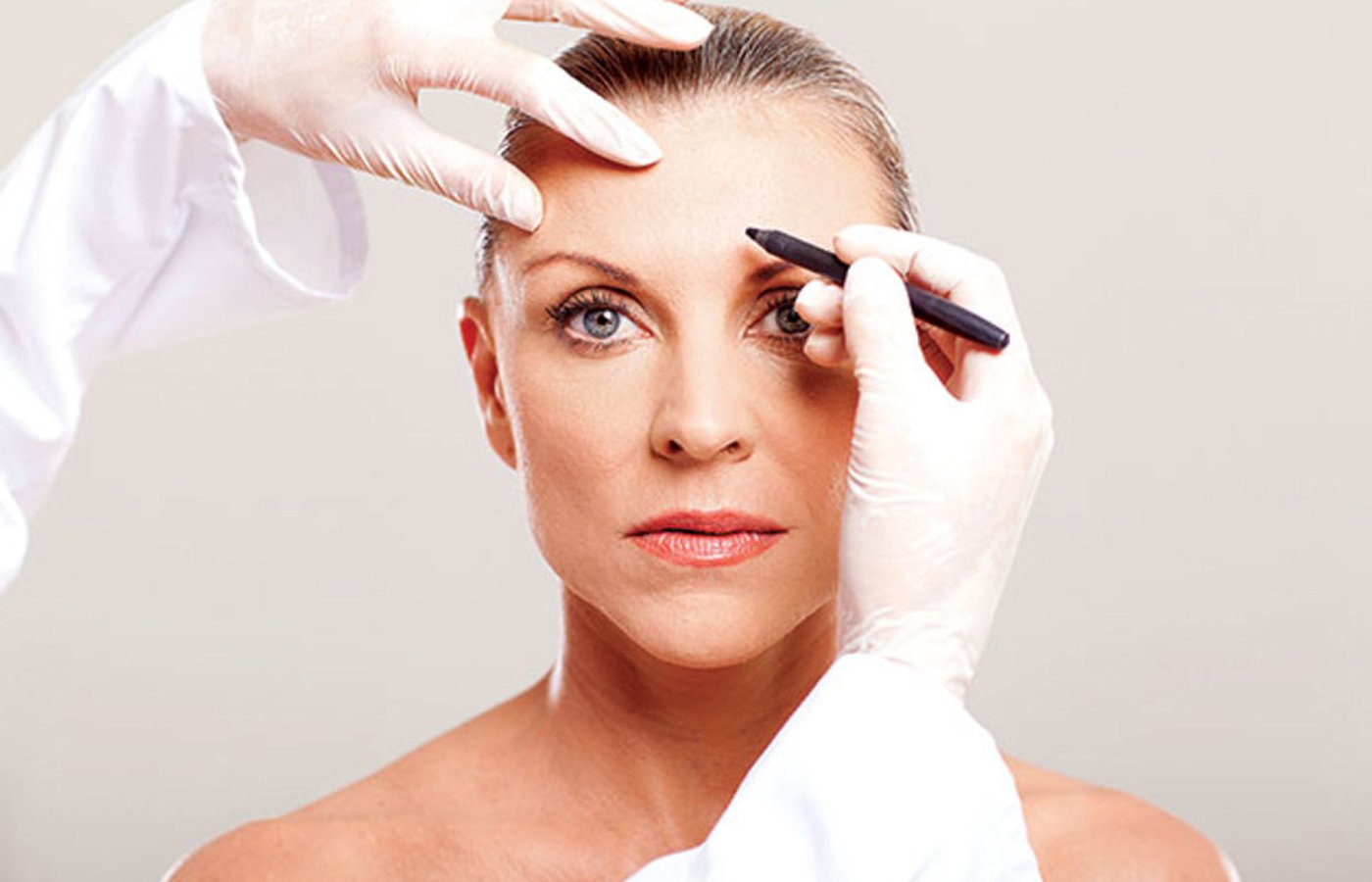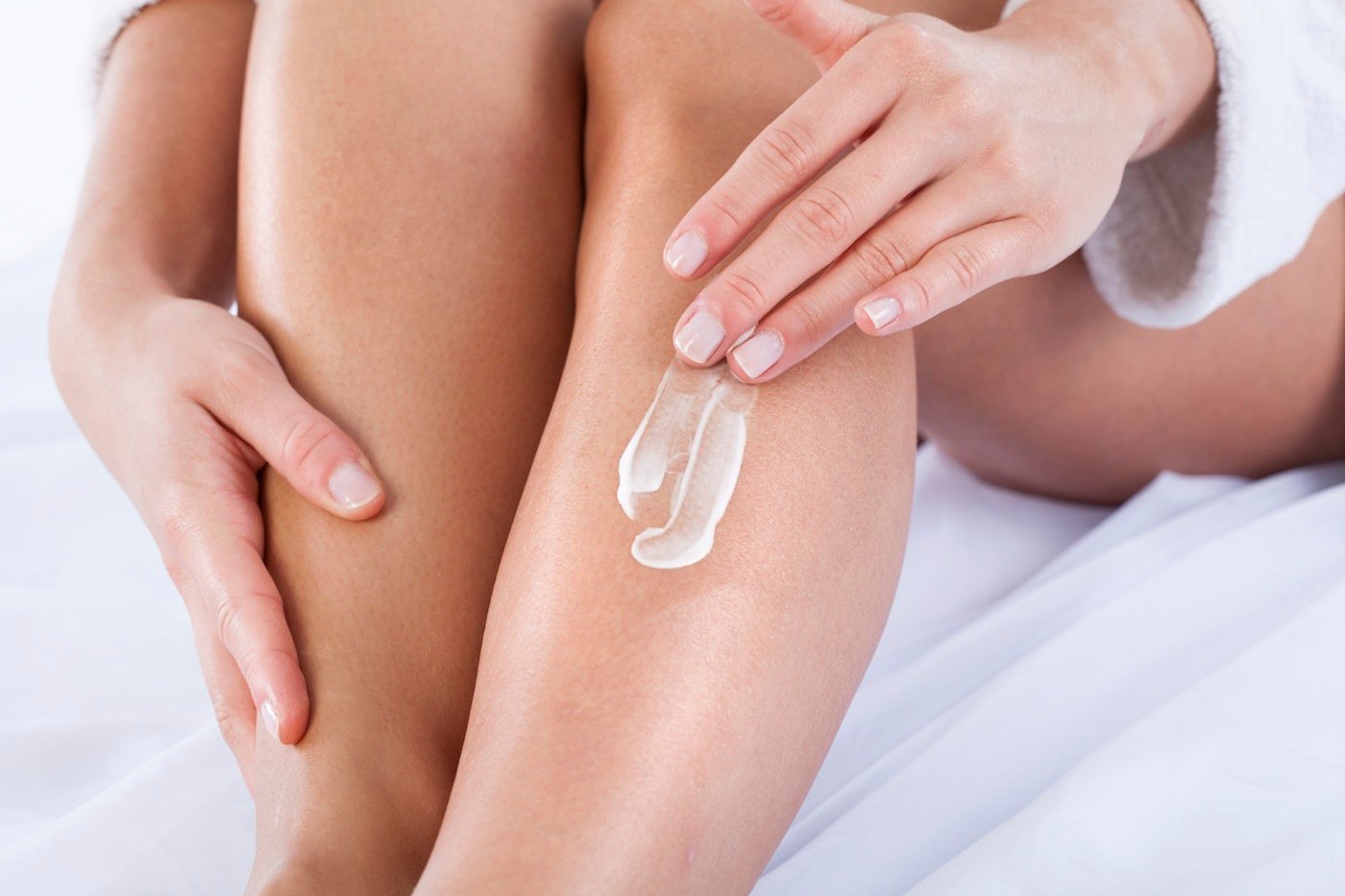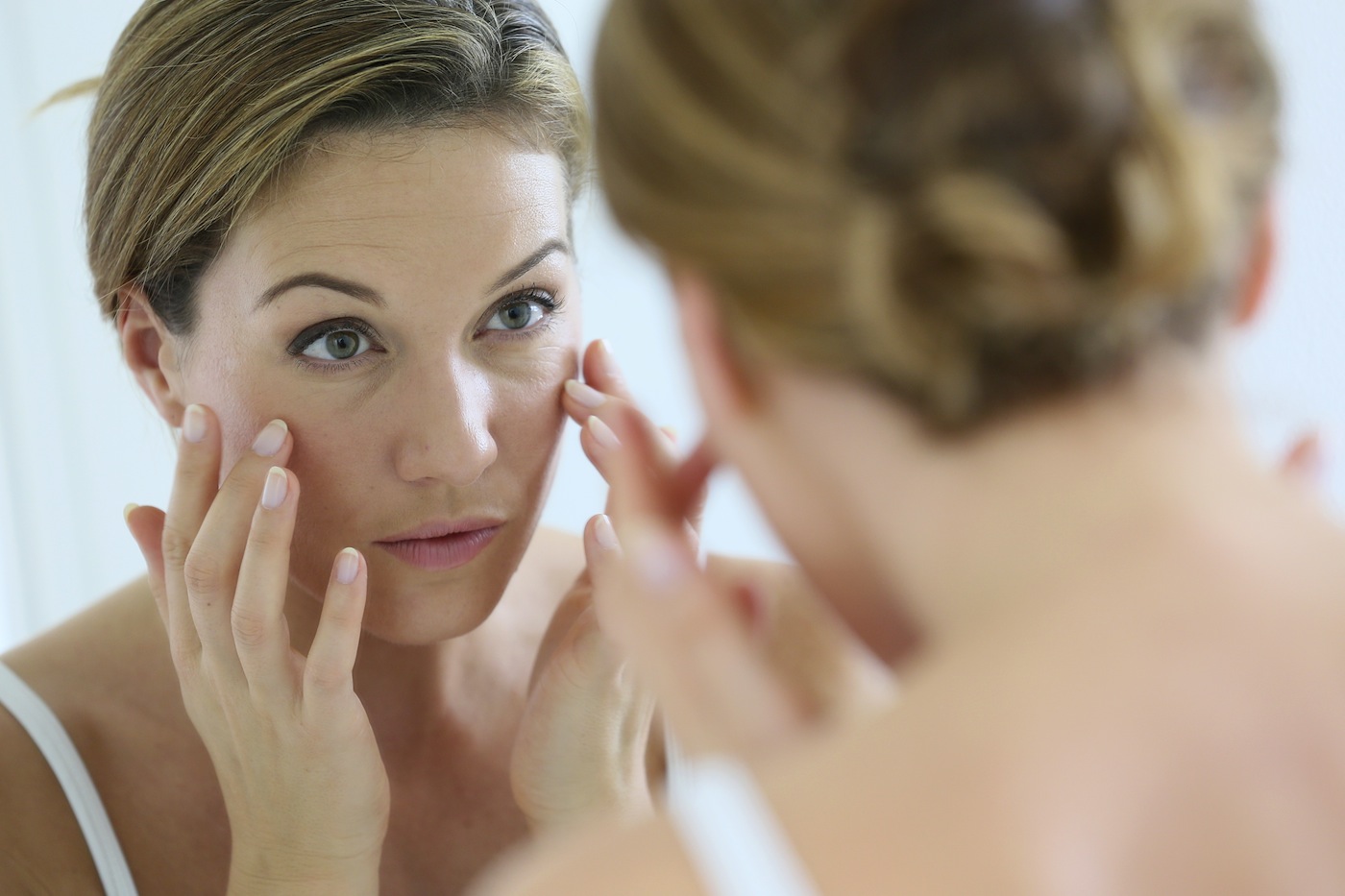A common thread I often hear when talking with patients is the confusion and frustration about the massive volume of information on cosmetic treatments and procedures in popular magazines, on TV, and the Web.
There is a lot of information out there, so how can you be sure it is trustworthy?
Many times there is a commercial slant to the article or program, making it difficult to decipher the reality of the results and potential side effects from the exaggerated claims. When first exploring the possibility of an aesthetic treatment, two good places to start include the American Society of Dermatologic Surgery and the American Society for Aesthetic Plastic Surgery. Both websites are a good platform to get information about the most popular cosmetic treatments.
Another good resource is a website called Zalea. The company has partnered with the thought-leaders in cosmetic dermatology and plastic surgery, such as myself, to create a site that combines educational and cutting-edge content with unbiased physician editorials of the content.
One of the most common exaggerations surrounding new treatments is that of “no” downtime. Most procedures, even fillers or laser hair removal, require a certain amount of recovery–even if that just means waiting for pink, puffy, or bruised skin to return to normal. Always find out what the “worst” recovery could be and then plan on it occuring to you when scheduling your procedure.
When all the media surrounding a new product or procedure labels it as a fountain of youth, remember that if something sounds too good to be true, trust your instincts and question the results. All cosmetic treatments and procedures have advantages and disadvantages, side effects, complications, and results that will vary among individuals. Question what the anticipated results are for the average person to get an idea of effectiveness. Remember the photos on the brochures and in magazines are of the best results possible, not necessarily the type of result expected for most people.
Although doctor review sites can be helpful, don’t discount a local expert who has one or two negative reviews–the best approach is to do personal research. After thinking about a possible cosmetic treatment, get some good background information online and then ask friends and family. Chances are you know someone who has had the procedure you are considering. A personal referral is always the best referral, and another good source of referrals is your local primary doctor. A good primary doctor is usually plugged in to other doctors in the area and can offer advice.
In the end, there are amazing aesthetic treatments that can improve many common skin and cosmetic concerns and the number of these procedures grows every year. To get the most out of the treatments, it is important to obtain information about the treatment from different sources then bring those questions and concerns to your trusted aesthetic physician. The goal is to obtain the right information–without exaggeration–in order to make an informed decision about whether the treatment is right for you.
Dr. Elizabeth Tanzi is Founder and Director of Capital Laser & Skin Care and Clinical Professor of Dermatology at the George Washington Medical Center.




















